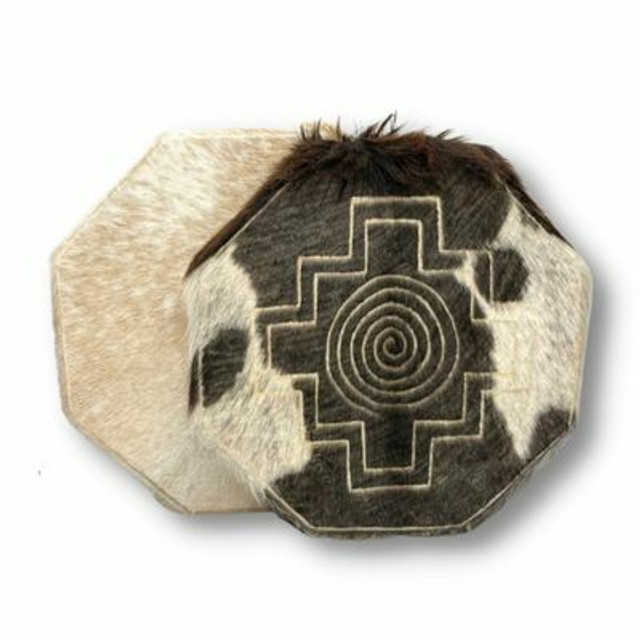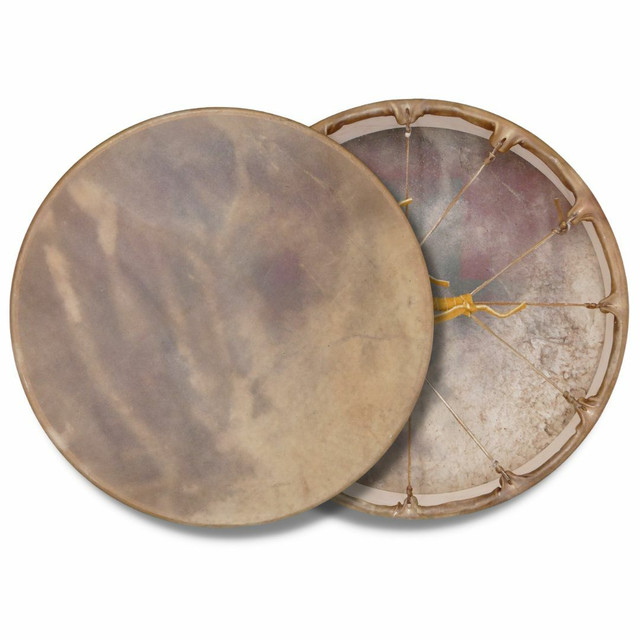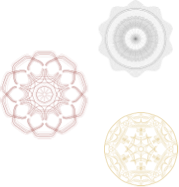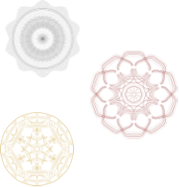12 Results (See Below)
-
-

-

-

-

-

-
-
-

-

Shell Rattle
$45.00 -

-

-

Sea Sound Shell Rattles
$15.00 - $100.00
Why Play Sound Healing Instruments With Children?
Since the 1970’s, mindfulness practices have become more and more prevalent in classrooms around the World. Mindfulness is a way to show children how to find calm and attention for their own social and emotional intelligence. Research shows, this creates a tool for better classroom management, and a more productive learning environment. Both meditation and yoga have been implemented in many schools and children’s programming across the country since that time. The use of sound tools is an extension of these efforts. Sound and music practices have been proven to promote wellness, improve mood, and learning.
Many effective mindfulness methods with children utilize movement and tactile sensations to bring about calm and present mindedness. It is very difficult for a child to pay attention to their breath, but if they are, for example, very carefully moving their bodies through an activity, this will naturally bring about the present centered focus that is desired. Implementing activity with the aim at mindful calm, is effective. How does it feel? What was it like?
Sound practices engage attention very readily. Sound neurologically bypasses the thinking mind, draws our attention in, and moves our emotions, without our active intention. It may be difficult for a child to pay attention to their breath, but it is much easier for them to listen to the changes and textures of sound, and feel its vibratory nature, viscerally. This is why sound offers such a rich opportunity for children to come to present-mindedness. Sound is active, dynamic and effecting. Children engage and react to the sound of a drum or rattle, a gong or bowl, and they feel it in their body. And, if they are the ones making the sound or music, it engages them more directly and fully, and, most often, brings them great joy.
What Sound Healing Instruments Should I Use With Children In A Classroom, or in my home?
For decades, we have sold many instruments to classrooms and families across the country. The instruments you may want to use depends on what you are hoping to do with the children.
If you would like the children to just sit or lie down and have a space in their day to relax, crystal singing bowls, or a gong would be great tools. Both cast out a good deal of vibration into a room, and can be fairly loud and consuming experiences. The vibration from these instruments can really bathe the participant in sound. (You do want to insure children are mindful that crystal bowls can break if struck exceedingly hard, or dropped, etc. But many parents and classrooms have found them very effective in engaging children, due to their unique and rich voice (or, tone quality.))
If you would like the children to be actively engaging with making the sound consider instruments like rattles, drums or chimes. These are simple instruments children can play and engage with, creating rhythm, or just paying attention to how the sounds change.
Our owner and found, Zacciah, has also provided sound and world music instrument workshops to, literally, hundreds of schools and institutions throughout the Northeast, presenting to thousands upon thousands of students of all ages. He has found their interest, attentiveness, intrigue, and excitement in both listening, and in using them, to be most fascinating and meaningful in their lives, as he has found with his own children.
These simple instruments are extremely easy to play and enjoy.
We can also provide large packages of instruments for classroom use.
We are reminded that since Plato’s time, til present neurological studies, it is understood that music benefits children in both emotional and neurological development.
Quotes from Plato:
“Rhythm and harmony touch the soul directly.”
“Music has rhythm and sound which soften the minds of the children. “
“I would teach children music, physics, and philosophy; but most importantly music, for the patterns in music and all the arts are the keys to learning.”






























